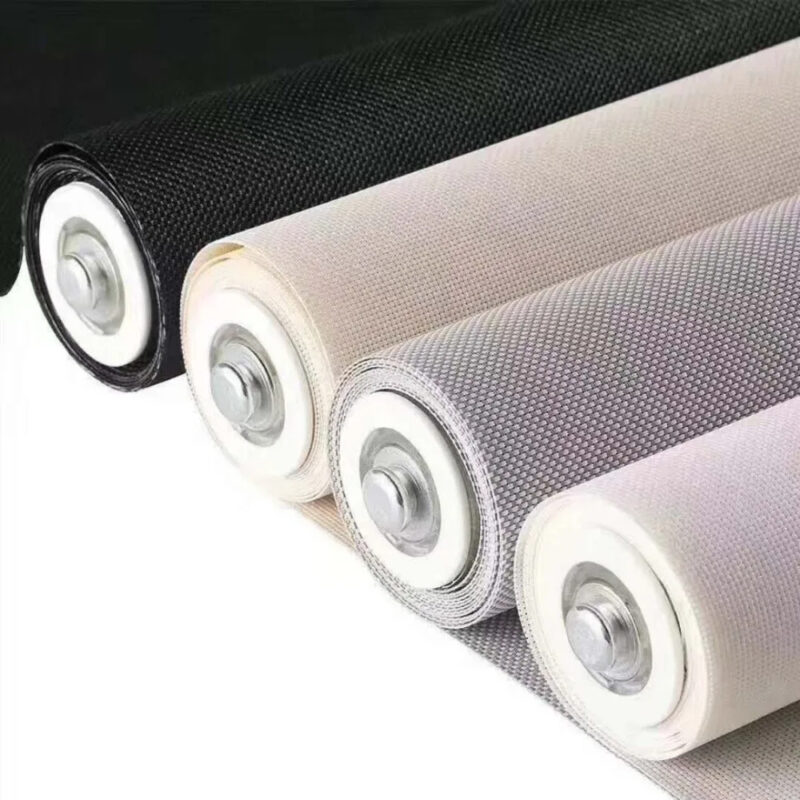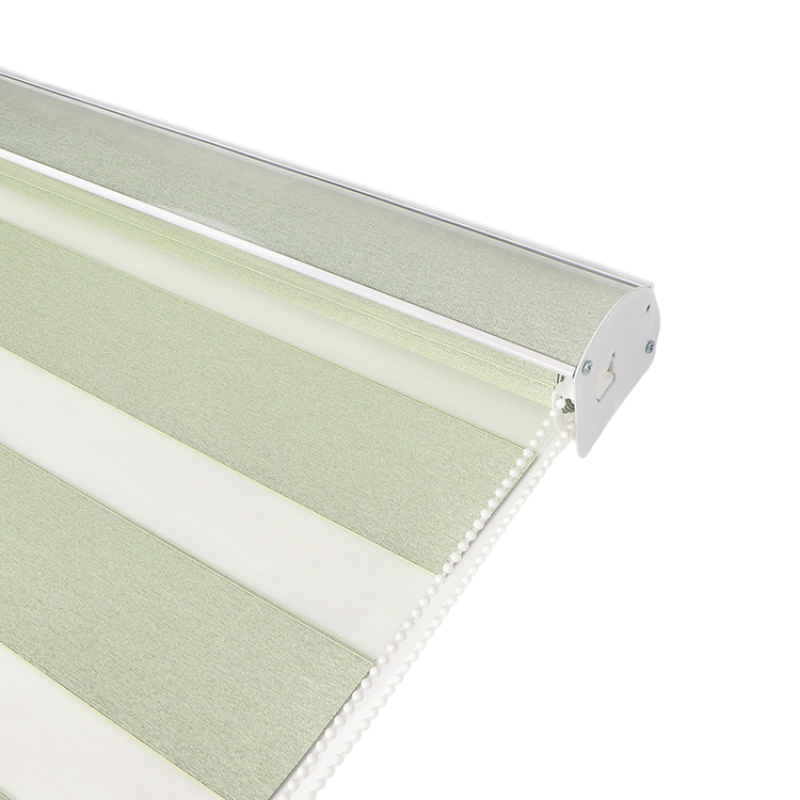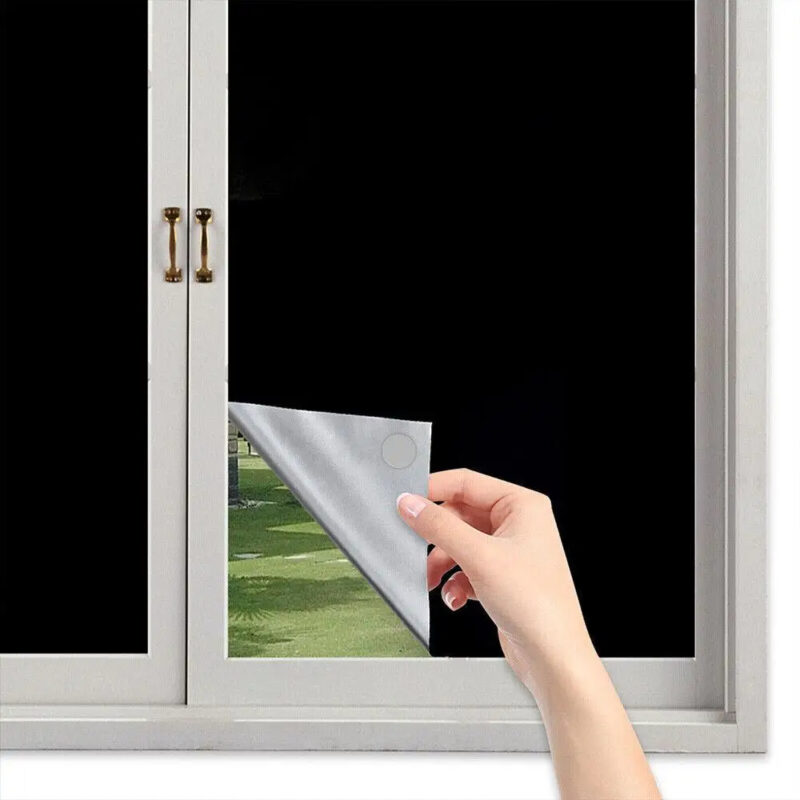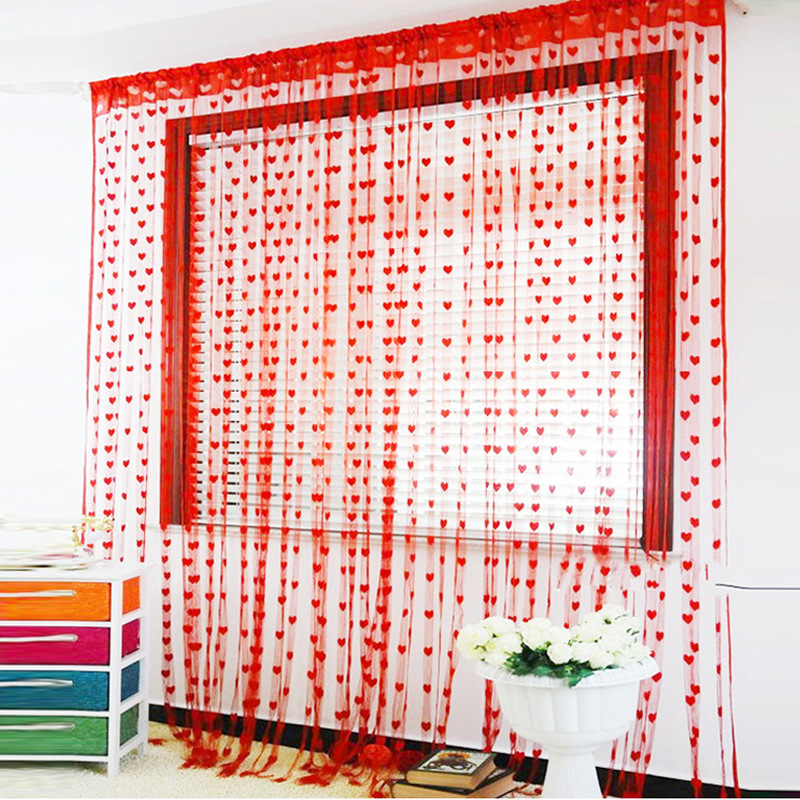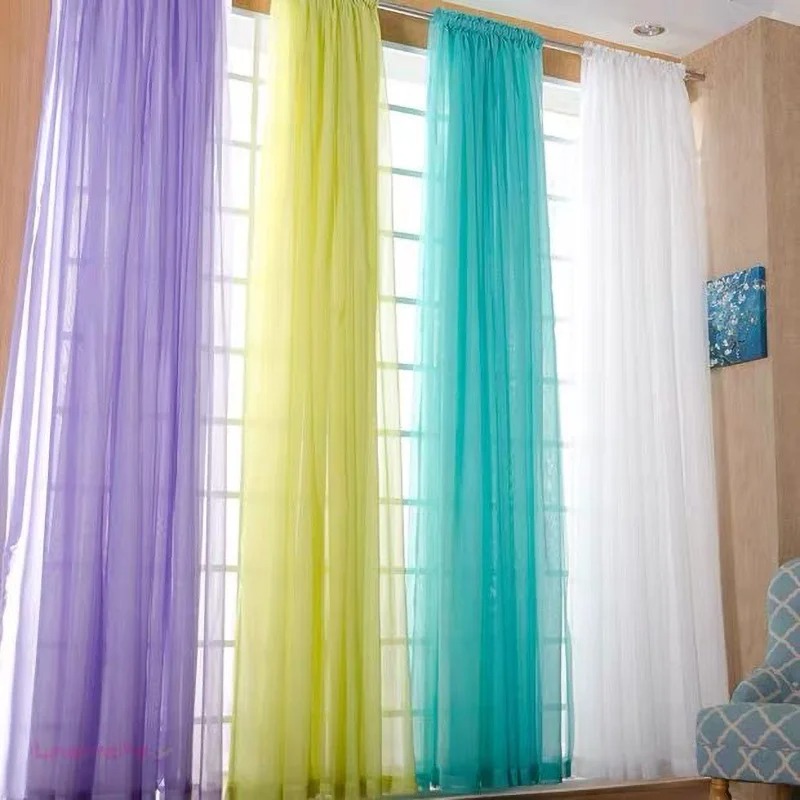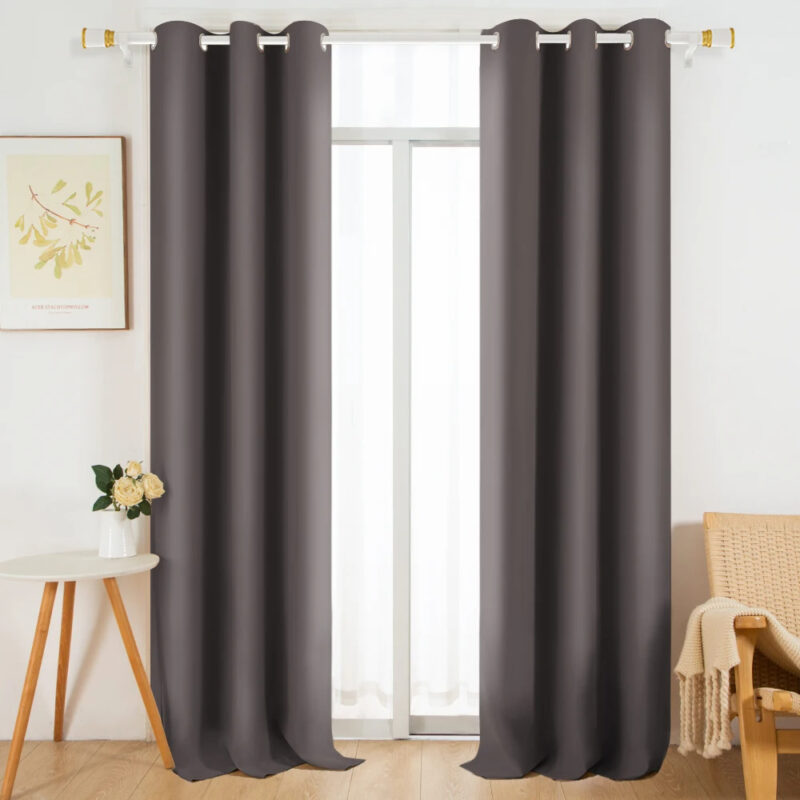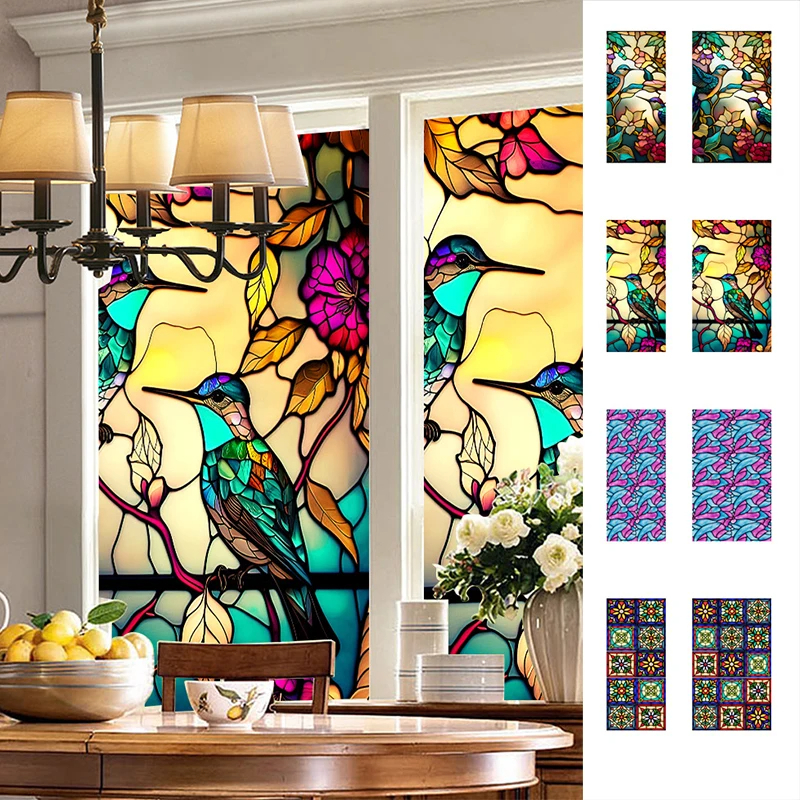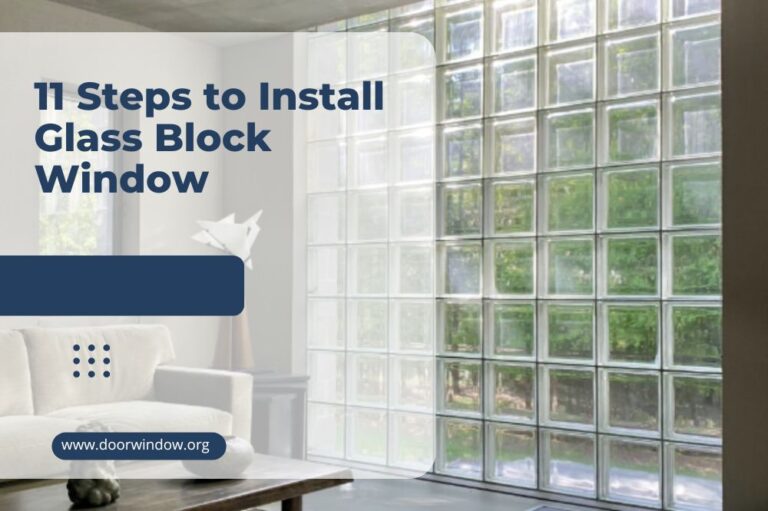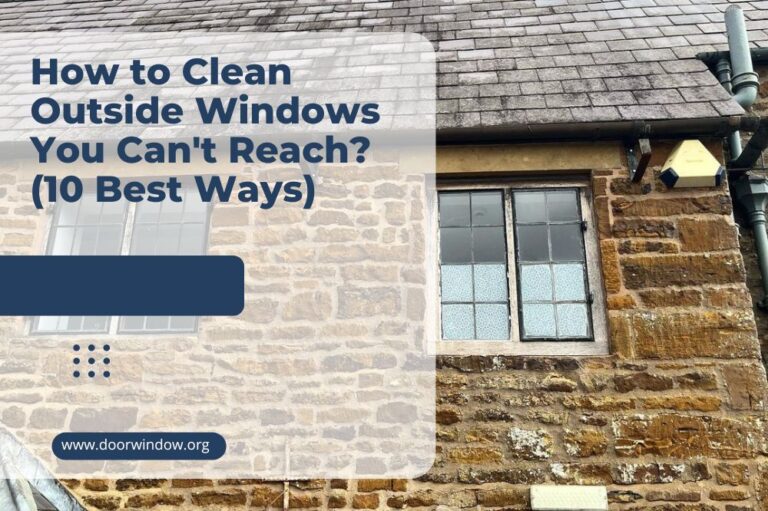Argon Gas Windows: Everything You Need to Know
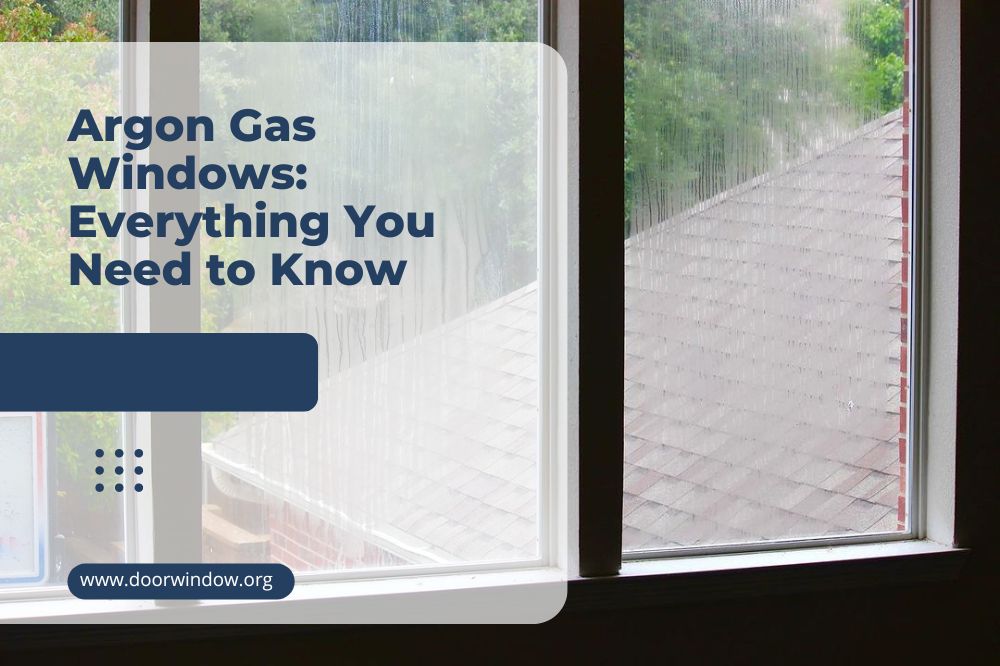
Many old houses have energy inefficient single-pane windows. Those windows lose heat through the glass and tend to be permeable to draft. Therefore, these days most homeowners tend to replace them with double and triple pane windows filled with gas.
Once you want to buy new argon gas windows, you should look for the specifications on its bottom corner. You may also spot two small holes at the edge of these windows, which show that it is a gas-filled model. One of them is entering point for argon, while the other is an exit for the air initially placed between the layers of glass.
Why Should You Choose Argon Gas Windows?
The most common gas for windows is argon, which has neither color nor smell. Modern argon gas windows minimize the heat transfer and help in room insulation. Plus, by using it, there is no risk of gas leaking.
Argon is a noble, inert gas, which means it is stable and rarely reacts with other elements. Since our atmosphere has almost 1% of argon, we breathe it every day. In fact, it is the third most abundant gas on Earth.
However, the first multi-pane windows had ordinary air between the layers of glass. Although they were more efficient than the single pane windows, energy savings were minimal.
In the 70s and the 80s, the most popular thermally efficient fillings were freon and carbon dioxide. Unfortunately, both of these gases have some disadvantages. They caused window discoloration and leaked quickly. Plus, after the reaction with oxygen, the window frame deteriorated over time.
On the other side, the argon gas windows show no change in window structure or appearance. Its thermal conductivity is around 67% less than the air. Therefore, the layered glass insulated with argon reduces temperature loss and increase the energy efficiency of your home.
Like other insulating gases, argon adjusts the window temperature closer to the temperature in the room. Since it has a high density, which makes it heavier than air, argon gas windows slow the transfer of outside cold air inside, keeping heat loss to a minimum.
Krypton vs. Argon Gas Windows
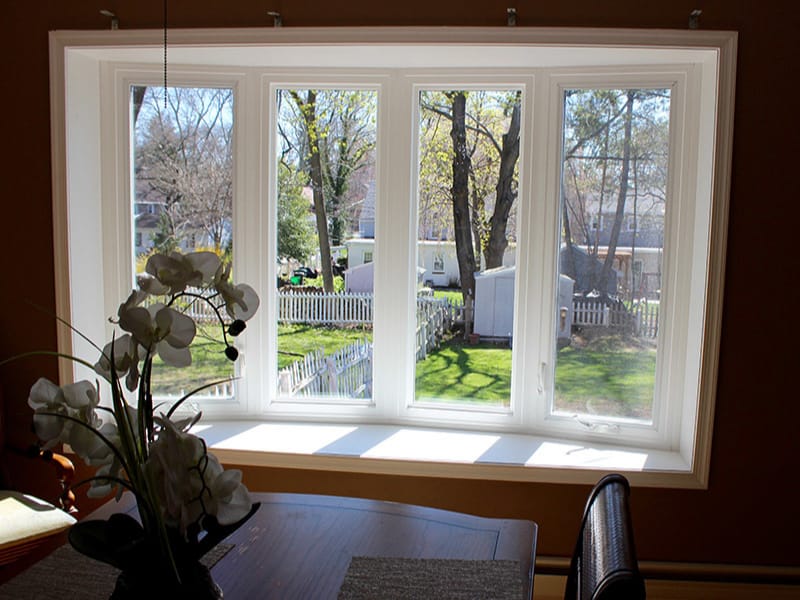
Nowadays, you can find windows with a combination of these two gases, as well. Also, you can find nitrogen, xenon, and oxygen filling windows on the market. However, argon and krypton are the most popular choices for IGU (insulated glass unit) windows.
Similar to argon, krypton gas is non-toxic, odorless, and colorless. What most distinguishes these two gases are their prices. Argon is a more affordable option than krypton, and the difference in energy efficiency is not in line with the price range of these two options.
The argon gas windows have higher U-value than windows with krypton. Therefore, krypton has better insulation abilities, but it is much more expensive. That is why manufacturers use krypton for thin spaces between triple panes windows, ranged from 0.25 to 0.4 inches (0.6 – 1 cm).
However, the double-pane windows have wider interlayer spacing close to 0,5 inches (1.3 cm). Since argon is cheaper than krypton, the double windows almost always contain this gas.
As I have already mentioned, krypton has a higher density than argon, which makes it a better insulator. However, it is far costly than argon, and most window manufacturers offer argon gas windows as a standard.
Finally, what decides between krypton and argon gas windows is their overall value. Therefore, you should check their prices, a lifetime of the windows, and the energy savings before the final decision.
Benefits of Argon Gas Windows
Some countries, including the US and Canada, offer tax credits and compensate for some of the costs for argon gas windows, in an attempt to cut on energy consumption. Benefits of these windows are numerous and include:
- Argon increases U-value and window’s thermal performances
- It prevents heat loss and reduces noise
- Gas filing minimizes window condensation
- Argon is non-toxic, environment-friendly gas, and it can’t harm you
- It doesn’t damage the frames, which makes argon gas windows a long-lasting option
- These windows are cheap, and their fillings will add only $30 to $50 to overall costs
UV Radiation
One of the real drawbacks of the argon gas window is that argon itself has little or even none effect on infrared radiation or UV rays transfer through the window. Therefore, manufacturers need to apply a low emission coating on one of the layers.
Even though that increases window cost in total, this Low-E coating improves radiation heat reduction. The combination of Low-E glass with argon filling keeps floor and furniture safe from fading. Plus, it will prevent any health issues related to UV radiation.
Argon Gas Leaking
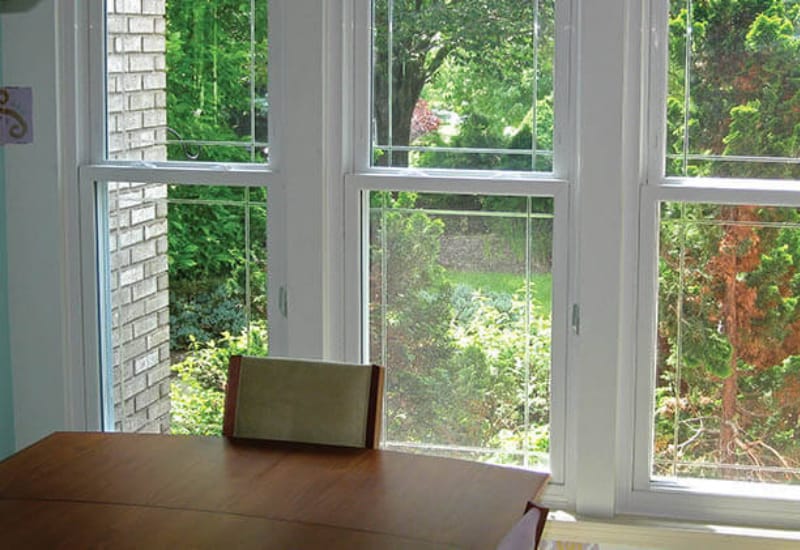
Depending on the climate, sun exposure, and the quality of your windows, you can expect some gas leakage over time. Luckily, argon gas filling doesn’t expand, but changes in glass layers can damage the seals, which keep the argon between the glass layers.
National Glass Association estimates that your argon gas window can lose up to 1% of gas per year. However, as long as the window keeps 80% or more of argon, you can consider it functional and effective.
If window seal breaks and 1% of argon leaks from the window, you will still have twenty years before you should replace the window. Unfortunately, there is no other way to know does the window leak than to contact professionals to measure argon level every year.
If a significant breach on seal occurs, the argon gas window will start losing its thermal effectiveness and stop serving its purpose. You may notice condensation inside the window over time, as well. It means the gas escaped the seal and air has replaced it. If that happens, contact the manufacturer.
Keep in mind that the attribute that makes argon gas window energy-efficient can be potentially dangerous, as well. Since argon is almost 25% denser than air, it may cause asphyxiation by preventing normal breathing.
Therefore, in glass production factories, workers insulating argon in the layered glass have special equipment. Particular devices measure the argon level in the air all the time so that manufacturers produce windows in the safest environment possible.
Argon Gas Window Repair and Replacement
The downside of argon inert nature is that it doesn’t move. So, it can’t expand and compress along with window panes. Well, your house becomes colder in winter, which results in the expansion and contraction of windows.
If you have the argon gas windows and notice that they become foggy when the weather is cold, you should check the border of the window and see if you can spot any holes between the wall and the frame. The existence of gasp indicates that seals are broken, and the argon leaks.
Even though you can try using a window insulation kit to fix the problem, it is only a short-term solution. You need a professional who can detect the level of gas and then inject a new dose of argon between panes.
He or she will install new seals and prolong the lifetime of your argon gas window. However, if the damage on the window is severe and air has replaced argon filling, your best option is to replace the window with a new one.
Argon Glass Implosion
One possible, but a sporadic phenomenon of the argon gas window, is the implosion of the gas. The molecular reaction between argon, nitrogen, and oxygen may cause argon to leak way more quickly than the air comes in.
Under pressure, the window glass bends inwards, followed by a loud sound similar to a gunshot. Don’t worry, since these windows have superior seals that keep glass stay in one place after breaking.
Make the Final Plan
Before investing in new replacement windows, you need to plan your expenses. Even though argon adds to the window costs, you will save on heating and electric bills over time. Therefore, the amount of money you initially spend is less than the benefits argon gas window can offer.
Also, you should consider the climate, as well as the orientation and purpose of each room. You can always choose different types of windows for your bedroom and the kitchen, for example. However, it primarily depends on your needs and preferences.
Since the kitchen is typically the warmest place in the house, the old single-pane windows can still serve their purpose, and you don’t need the double pane windows there. In that case, it will be enough to install a window air conditioner.
On the other hand, you need to have a safe, warm, and cozy bedroom. Install the double-paned windows with argon filling there and ensure no cold air lowers the room temperature. There is one more benefit! Many double pane windows come with window locks, which will make your house more secure.
Summary
Argon filling is affordable, energy effective, and safe. Choosing argon gas windows can significantly decrease energy loss inside your home, as well as your heating costs.
These windows will offer many benefits, but only if you hire a professional service to installs and seal them correctly. That way, the argon gas windows can serve you for years.

